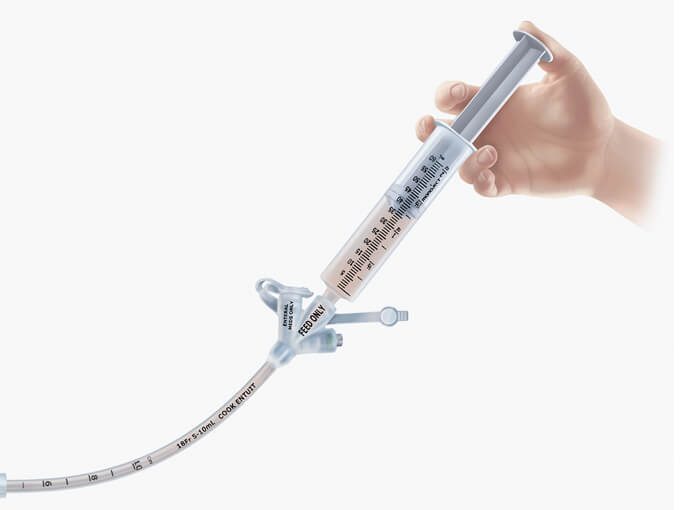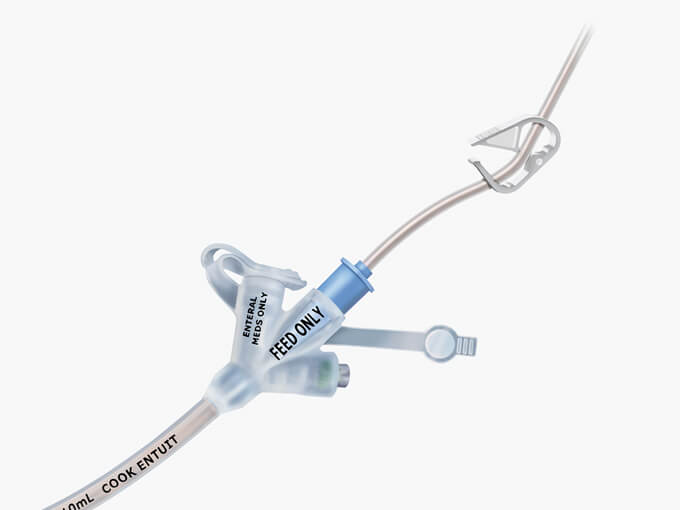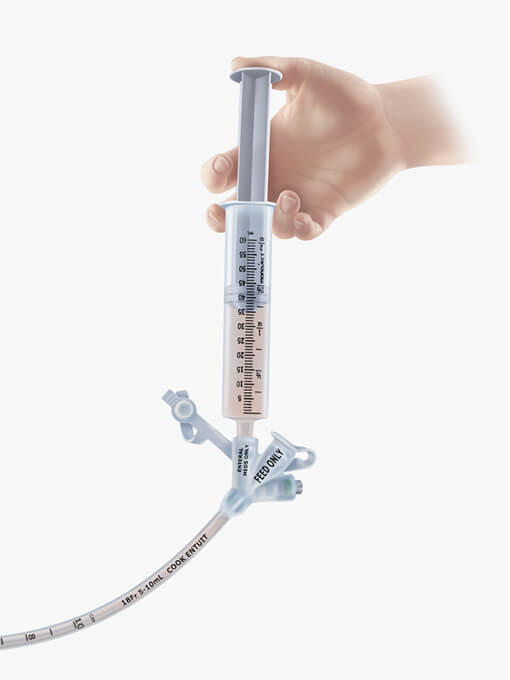The following guidelines are recommended by the Oley Foundation. For more information, visit www.oley.org.
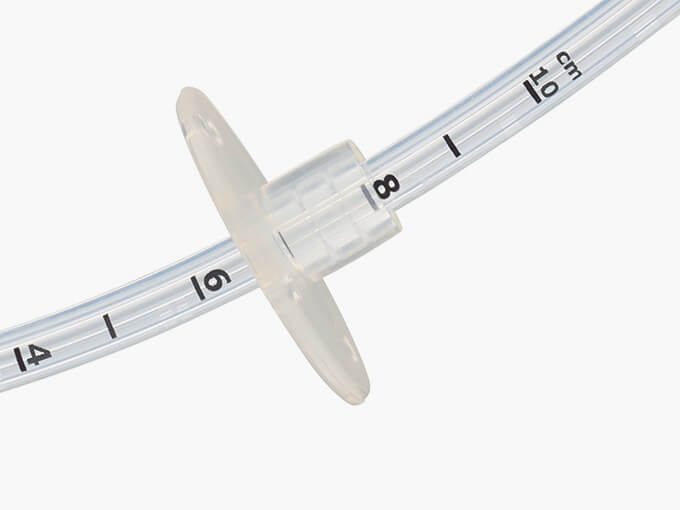 Follow these general guidelines to ensure a safe and healthy feeding:
Follow these general guidelines to ensure a safe and healthy feeding:
- Wash your hands with soap and water before you prepare your liquid food and before you touch your Entuit BR feeding tube.
- The Entuit BR feeding tube is marked in centimeters. Always check these marks before you feed in order to make sure that the tube has not moved.
Note: If your feeding tube is out of place, do not feed. Call your doctor right away.
Stop feeding and call your doctor if you experience weakness, cramping, dizziness, heavy sweating, or a rapid heartbeat.
- If possible, sit up straight while you feed and for one hour afterward. If you can’t sit up straight, raise your head at least 30 degrees during feeding. Do not lie down flat.
- Do not pull on your feeding tube. Pulling on your feeding tube may damage tissue or may cause your feeding tube to come out or to stop working.
- Contact your doctor if you see fluid leaking around your feeding tube or around your stoma.
The feeding port is the opening in your feeding tube where you put liquid food. Before and after each feeding, use a catheter-tipped syringe that is filled with 30–50 mL of water to flush the feeding tube through the feeding port (unless your doctor tells you otherwise).
Note: Always be sure to use the correct port for feeding. If you put liquid food into the balloon port, your balloon may break, or your feeding tube may fail.
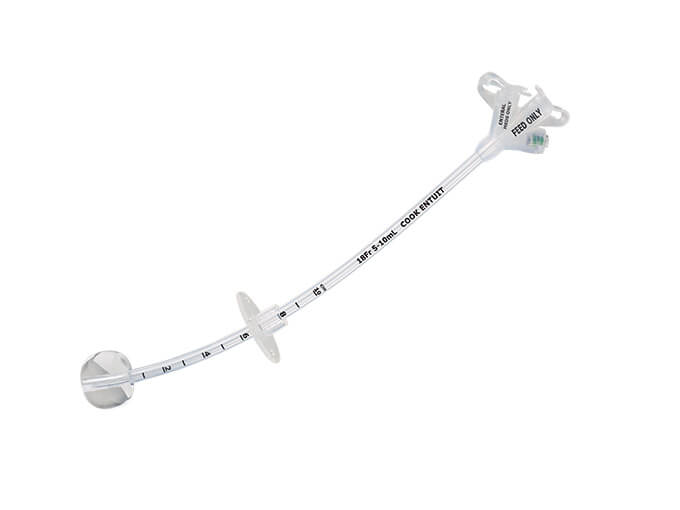
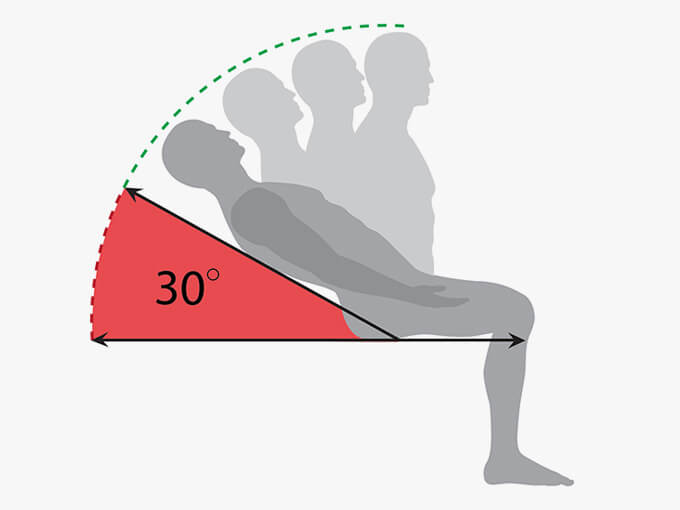 You can feed wherever you feel most comfortable and relaxed.
You can feed wherever you feel most comfortable and relaxed. Follow these general guidelines to ensure a safe and healthy feeding:
Follow these general guidelines to ensure a safe and healthy feeding: